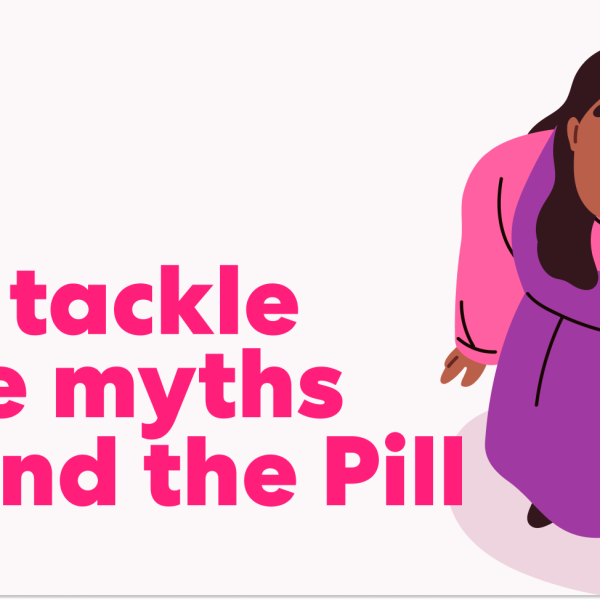Why India’s younger and overall healthier generations are becoming so vulnerable to heart attacks?
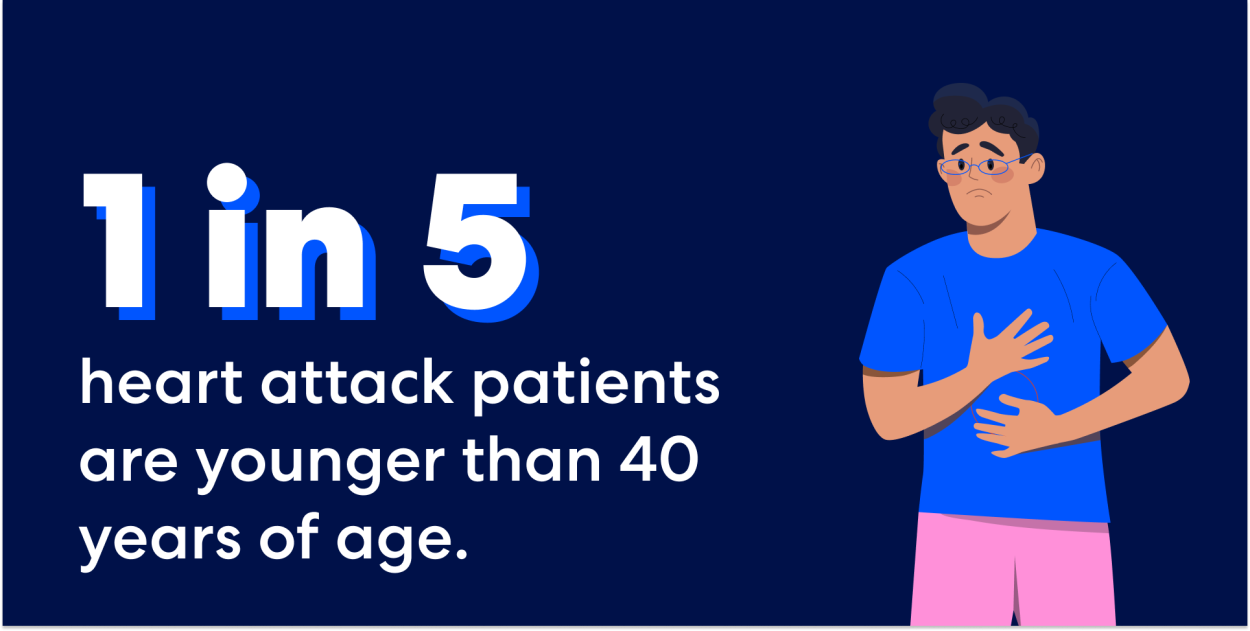
Young and Heartbroken: Indians Experiencing Heart Attacks 10 Years Earlier Than the West
Heart attacks, known scientifically as myocardial infarctions, have been long associated with men in their late 50s. In recent years, however, Indian doctors have seen several cases of heart attacks in younger individuals. Even’s resident cardiology specialist, Dr Okaly tells us that “heart attacks are seen at least one decade earlier among Indians compared to western populations.” What are the risk factors behind this concerning trend? Here is Dr Okaly’s perspective.
The latest figures.
In recent years, India has witnessed an upsurge of heart attacks among young adults and people in their 30s and 40s. According to a comprehensive medical study published in October 2023, heart attacks were the underlying cause of up to 45% of deaths in the 40-69 year age group.
As of today, 1 in 5 heart attack patients are younger than 40 years of age. Dr Okaly confirms that
“if in the past, children used to bring their parents to the doctors for heart related issues. Now it is not uncommon to see parents bringing their children in their 30s and 40s to the doctors for heart related issues”.
The question is why India’s younger and overall healthier generations are becoming so vulnerable to heart attacks?
A sedentary lifestyle and related health conditions like high blood pressure, obesity and diabetes are the leading culprit of heart attacks. But there seems to be additional reasons which are not as readily intuitable.
What do we know about heart attacks?
A heart attack happens when a section of the muscular tissue of the heart doesn’t receive enough blood for a prolonged period of time. The more time without blood flow lapses, the greater the damage to the heart and its ability to pump blood and oxygen.
The main risk factors for heart attacks, and heart diseases more generally, include age, family history and lifestyle choices. As expected, among the factors dominating the behavioural category figure:
- Eating a diet high in saturated fats, trans fat, and cholesterol,
- Not getting enough physical activity,
- Drinking too much alcohol, and
- Smoking or exposure to secondhand smoke.
As far as genetics and family history are concerned, the medical literature points both to hereditary traits and environmental determinants. High blood pressure is a major hereditary trait, while air pollution, exposure to arsenic and lead, and excessive heat figure among the environmental factors.
The risk of heart disease increases exponentially when genetics or heredity traits combine with unhealthy lifestyle choices.
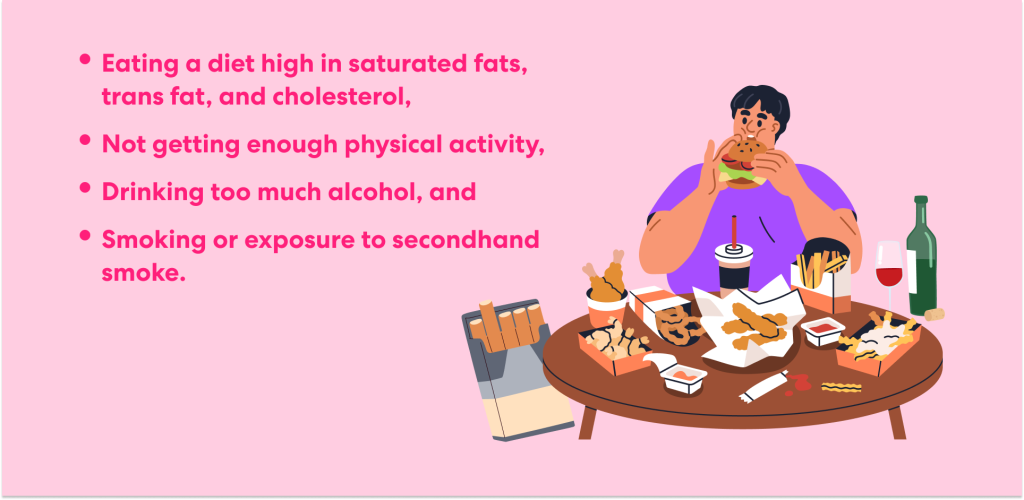
What’s new?
Modern diets filled with fast food, highly processed items, and sugary drinks have contributed to higher rates of obesity, high blood pressure, and unhealthy lipid profiles among young adults.
Moreover, many young people spend a substantial part of their day sitting, whether at work or for leisure. A sedentary lifestyle can lead to weight gain, a decline in cardiovascular fitness, and a greater risk of heart problems.
Dr Okaly insists that
“Sitting is the new smoking”
While tobacco use, along with drug and alcohol abuse, remains a concern among young adults, doctors warn of an additional risk factor. The demands and pressures of contemporary life, especially in high-stress settings, can lead to chronic stress. Chronic stress can negatively impact heart health in multiple ways. Unhealthy coping mechanisms and direct physiological effects on the cardiovascular system are just a few examples.
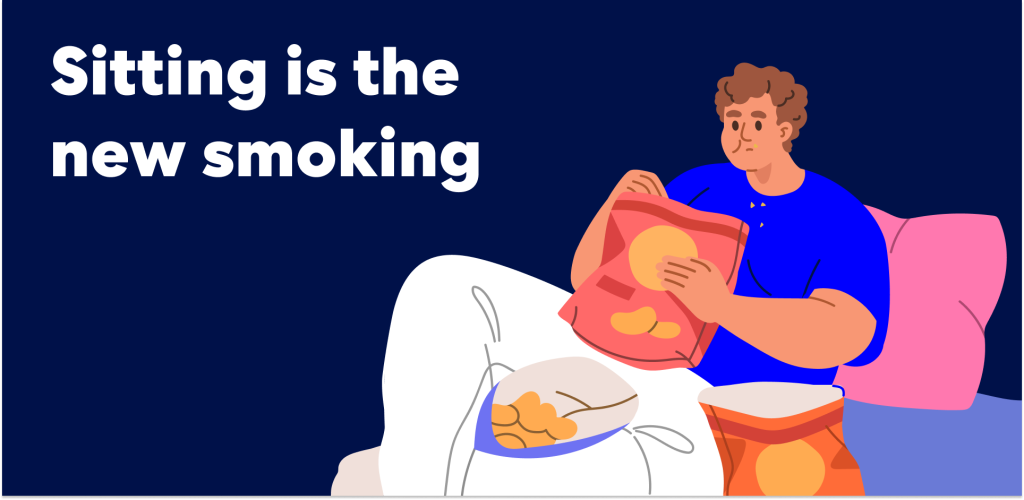
Depression, poor mental health
New studies have found that young adults who reported having depression had more than double the odds of cardiovascular disease compared to those without depression. For people without established cardiovascular disease, those who reported depression had 1.8 times higher odds of poor cardiovascular health than those without depression.
Diabetes
Recent studies have also confirmed a correlation between diabetes and heart diseases. According to available data, adults with diabetes are 2-4 times more likely to die from heart disease. High blood sugar damages blood vessels, increasing the chance of fats building up in the arteries and causing atherosclerosis.
Patients with diabetes are also more likely to have other chronic health diseases that significantly increase the risk of a heart attack, including high blood pressure and high cholesterol.
Covid-19
According to a 2022 study, even a full year after a Covid-19 infection, the risk of developing a heart condition, such as irregular heartbeat, heart failure, inflammation, or heart attack, was “substantial”.
Researchers estimate that as much as 4% of individuals with COVID-19 will go on to experience heart complications. This percentage may seem small only until you consider that an estimated 66 to 70 percent of India’s 1.3 billion population have been infected with Covid-19.
However, a recent study by the Indian Council of Medical Research has debunked popular the theories linking COVID-19 vaccines to the rise of heart attacks in young adults once and for all. The study found that there was no correlation between COVID-19 vaccines and sudden deaths. In fact, it found that those who were vaccinated were less likely to suffer sudden death, compared to those who were unvaccinated.
Signs of Heart Attack in Young Adults
Heart attacks can look different for different people. It can manifest as pressure, pain, or a squeezing or burning sensation in the middle of the chest or in the upper abdomen. Sometimes, an imminent heart attack can even be confused with acid reflux.
Moreover, women may experience a heart attack differently. Women are more likely than men to have less recognizable heart attack symptoms, such as:
- Cold sweats
- Fatigue
- Lightheadedness
- Nausea and vomiting
- Pain or discomfort in different parts of the upper body (back, neck, jaw, arms, or stomach)
- Shortness of breath
Dr Okaly also mentions that as opposed to older people, younger people tend to show no signs of blockage, making it much harder to detect an impending heart attack.
“Most young people just collapse…”
Dr Okaly tells us.
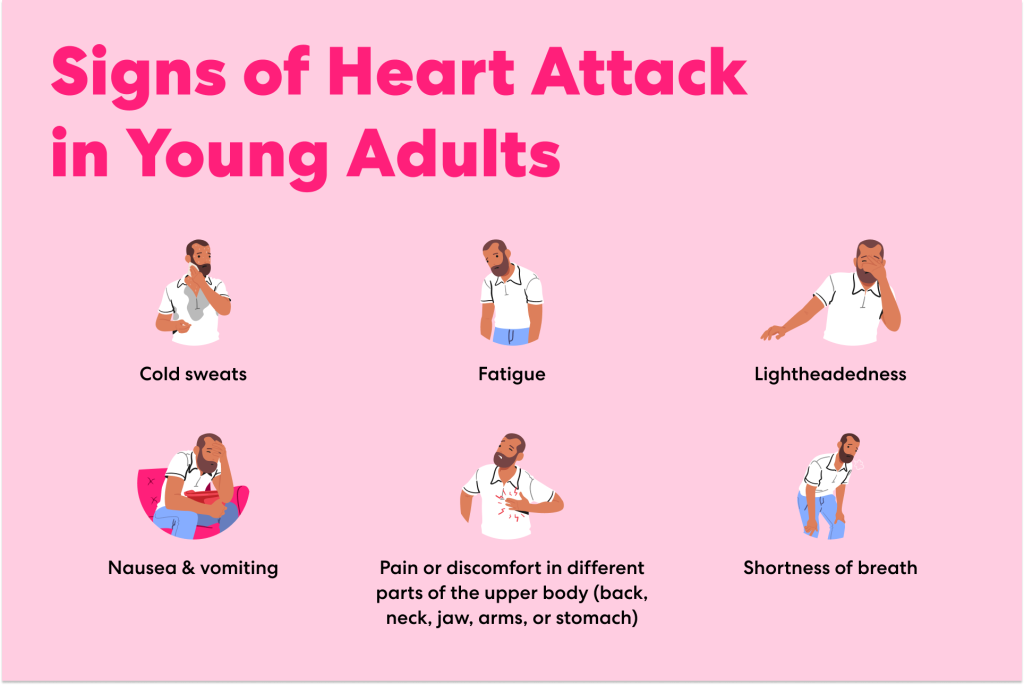
How can you lower your risk of heart attacks?
One of the biggest challenges when it comes to heart attacks in young adults is that most people have no idea they are at risk. Measuring blood pressure regularly can be an easy first step in sharpening your awareness of your heart attack risk.
According to Dr Okaly, “the risk score QRisk3 is the most suitable for Indians” and “it is able to show the chances of having heart attacks in the next 10 years.”
Lowering your risk of an early heart attack can begin with paying more attention to what you eat and how much you’re exercising. At the end of the day, lowering your risk of a heart attack is not about one major change — it requires little changes in your everyday life.
At Even, our doctors look at your unique health profile consisting of your personal and family medical history, diagnostic results, lifestyle and more. This helps them analyse your current health and prevent any imminent or future risk of cardiovascular conditions.


